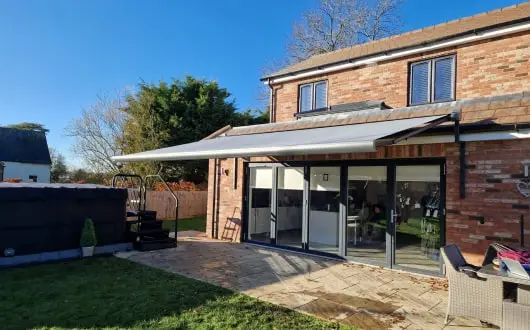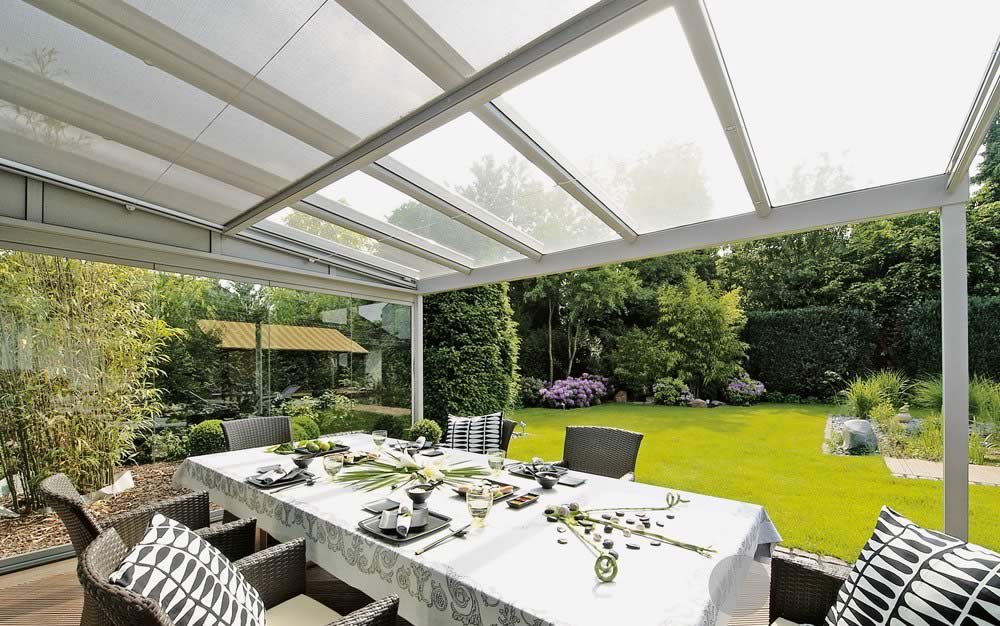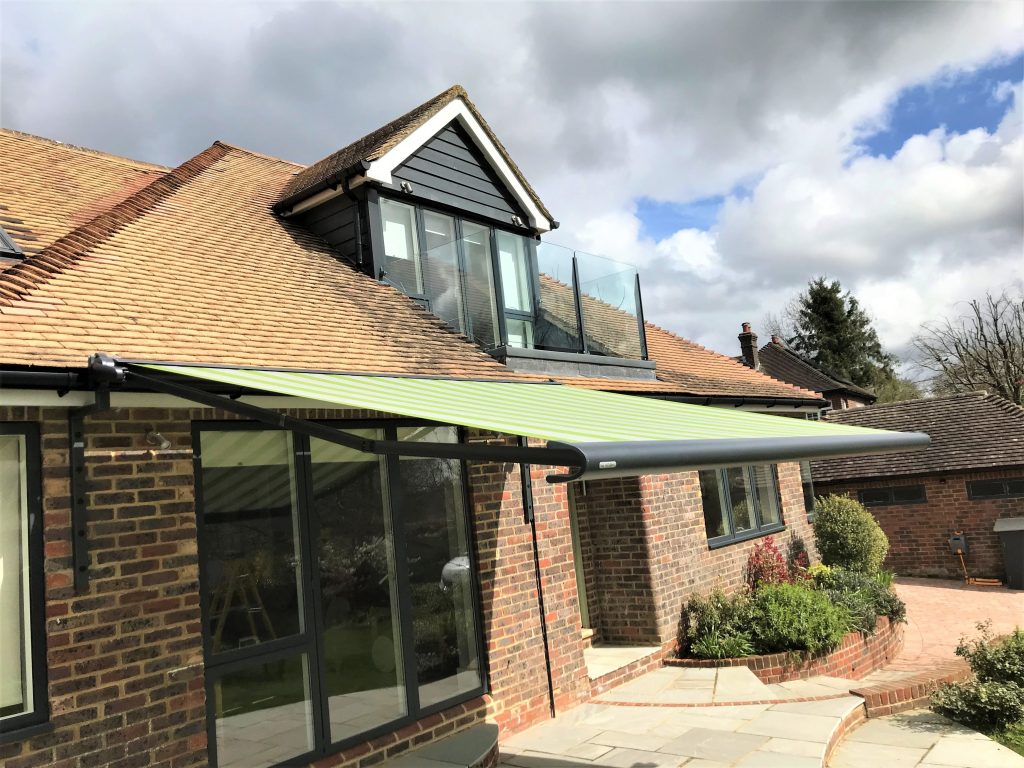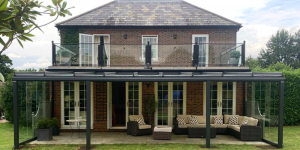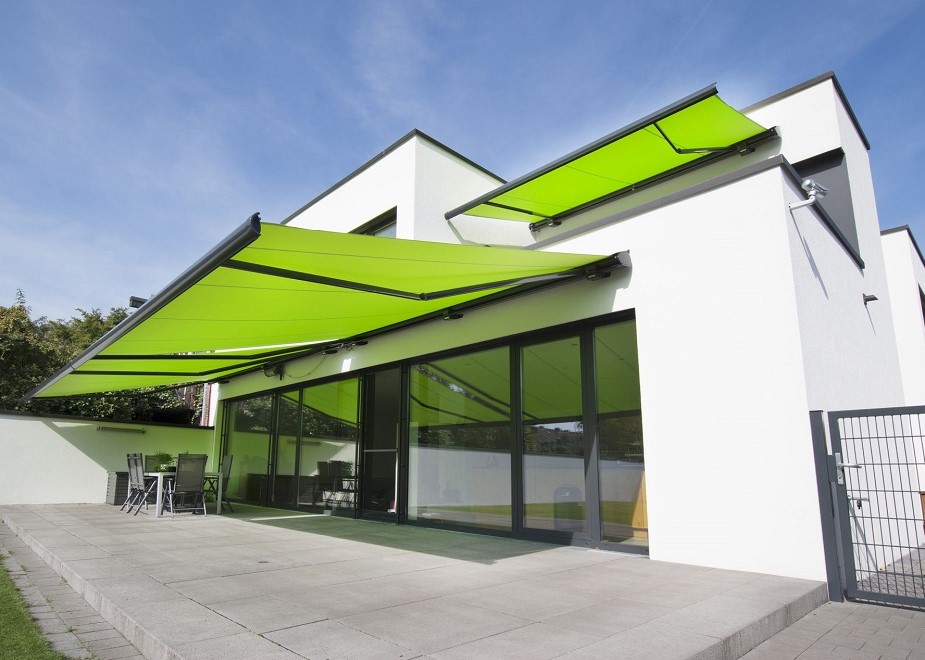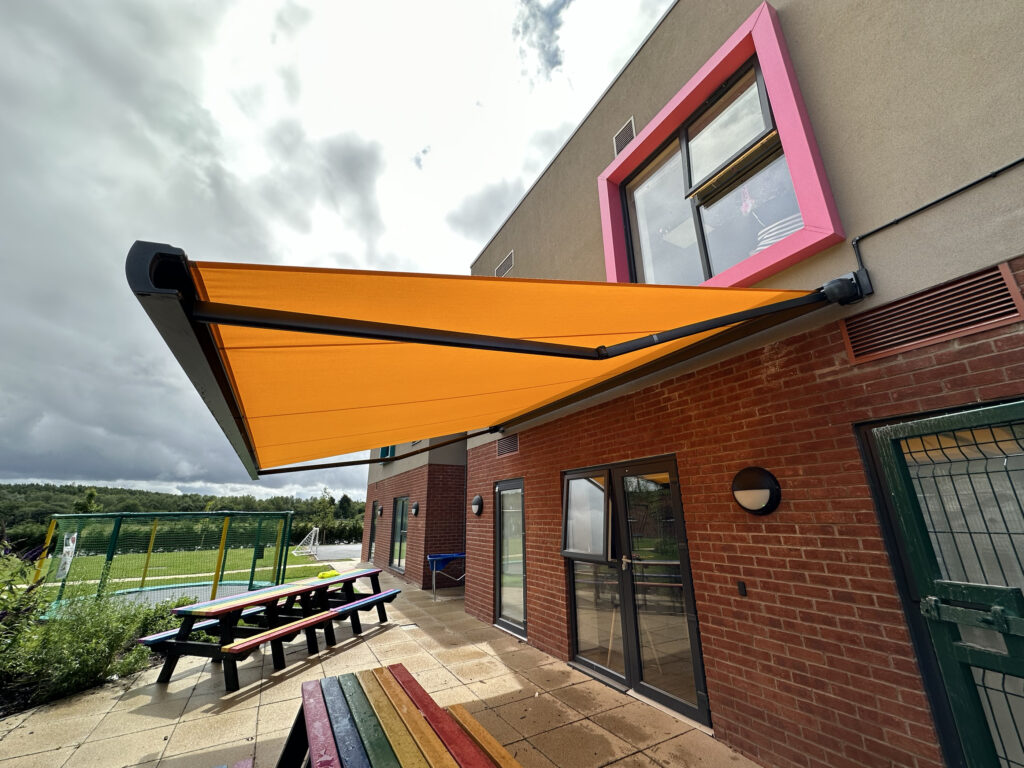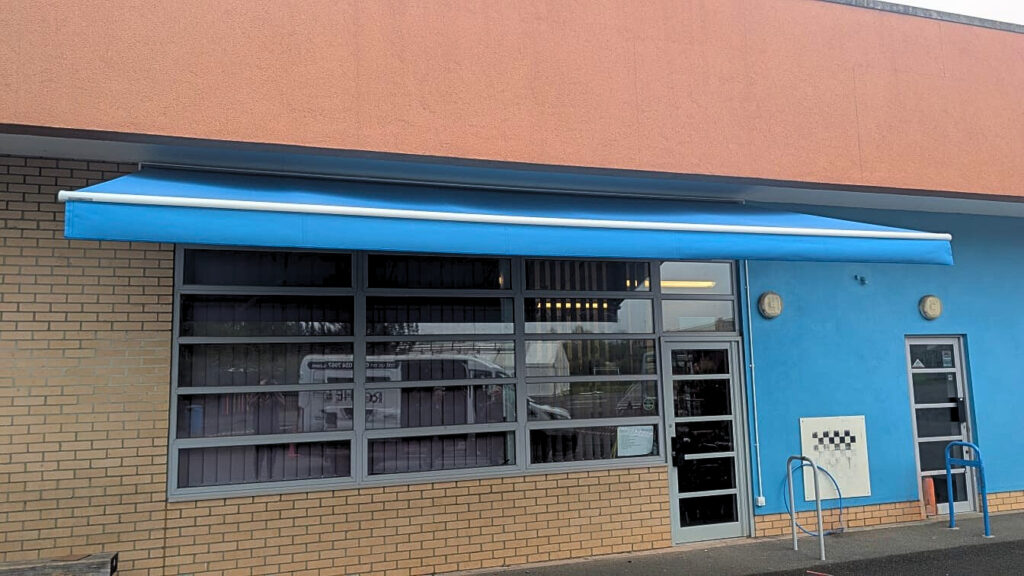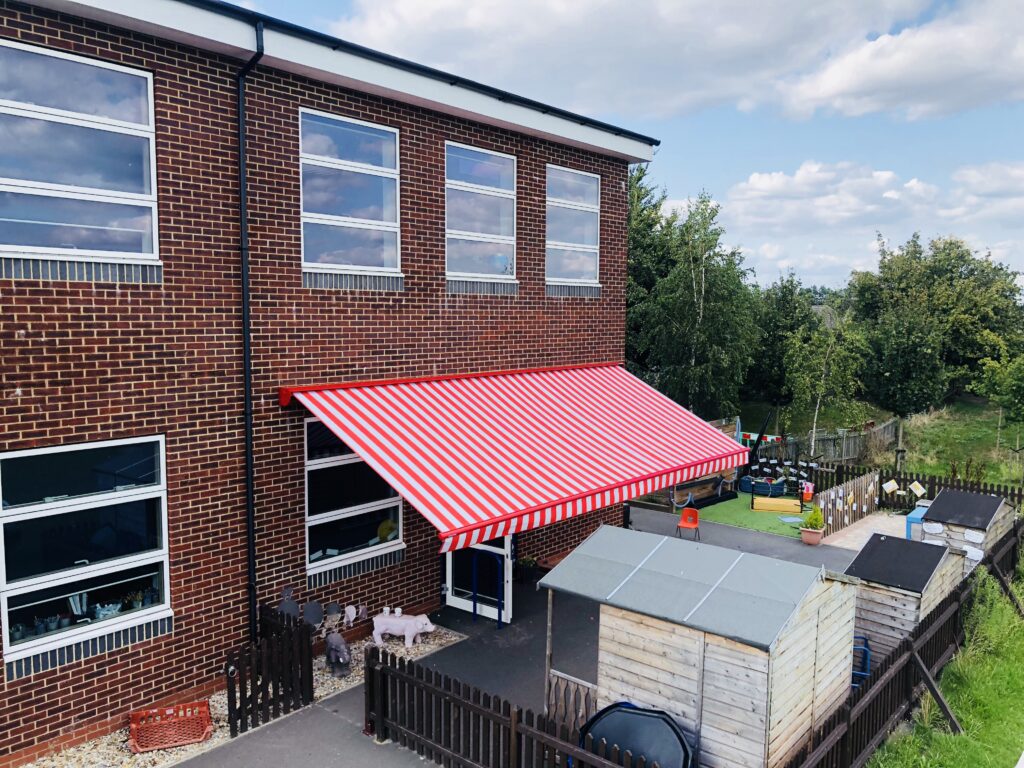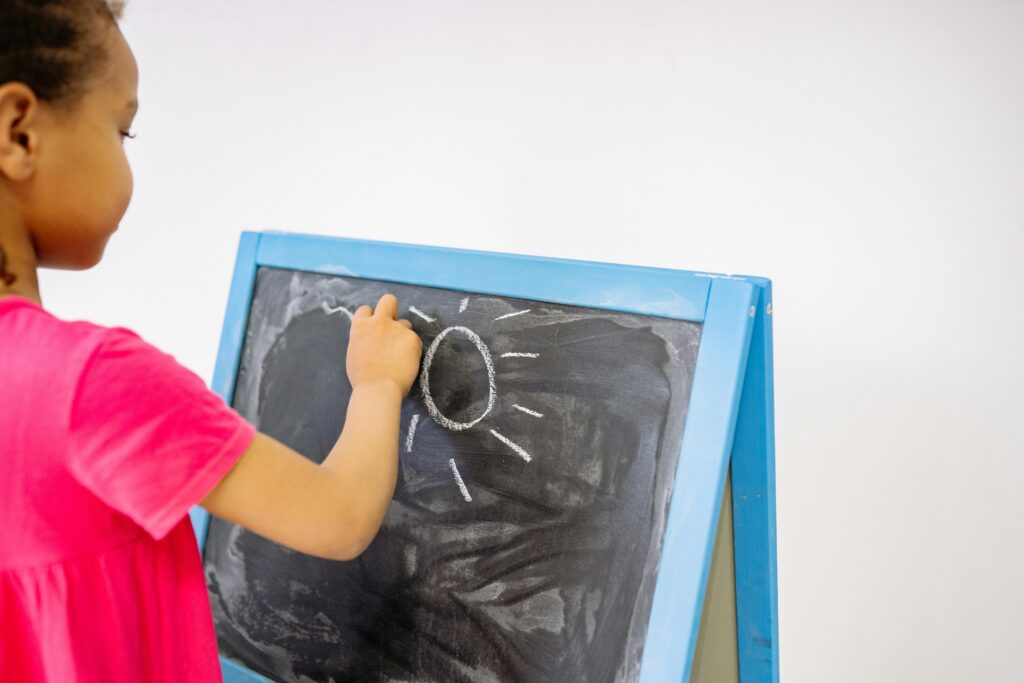The Importance of Sun Shading in Schools
With increasing awareness of UV exposure and climate-related challenges, sun safety in schools is becoming a priority for educators, parents, and facility managers alike. Ensuring students and staff are protected from the harmful effects of the sun isn’t just a matter of comfort, it’s a matter of health, well-being, and long-term risk management.
Why Sun Safety Matters
Children spend a significant portion of their day at school, often during peak sun hours. According to leading health organisations, excessive exposure to ultraviolet (UV) rays during childhood greatly increases the risk of skin cancer in later life. Add to that the impact of heat and glare on concentration and comfort, and the case for sun safety in schools becomes clear.
Common Sun-Related Risks in School Settings
-
UV Exposure: Outdoor play, PE lessons, and field trips can result in prolonged sun exposure, especially between 11am and 3pm.
-
Heat Stress: High temperatures can affect student well-being and performance, particularly in classrooms with poor ventilation or no shading.
-
Glare in Learning Spaces: Direct sunlight through windows can cause glare on whiteboards, screens, and desks, making it harder for students to focus.
Steps Schools Can Take to Improve Sun Safety
1. Install Effective Shading Solutions
From freestanding awnings to fixed pergolas, well-designed shading reduces heat gain and UV penetration both indoors and outdoors. It’s especially important in playgrounds, sports courts, and large glazed areas.
2. Develop a Sun Safety Policy
A clear sun safety policy helps staff and parents understand how the school protects children from UV exposure. This can include guidance on sunscreen use, hat policies, and shaded areas during peak hours.
3. Encourage Protective Clothing and Sunscreen
Schools can promote wide-brimmed hats, long sleeves, and SPF-rated clothing for outdoor activities. Encouraging sunscreen application before school and at breaks also supports sun safety habits.
4. Educate Students and Staff
Teaching children about the risks of sun exposure and how to protect themselves empowers them with lifelong habits. Staff should also be trained on spotting early signs of sunburn or heat exhaustion.
5. Schedule Smartly
Where possible, outdoor activities should be scheduled in the cooler parts of the day. Access to shaded areas or indoor alternatives can make a big difference during high UV periods.
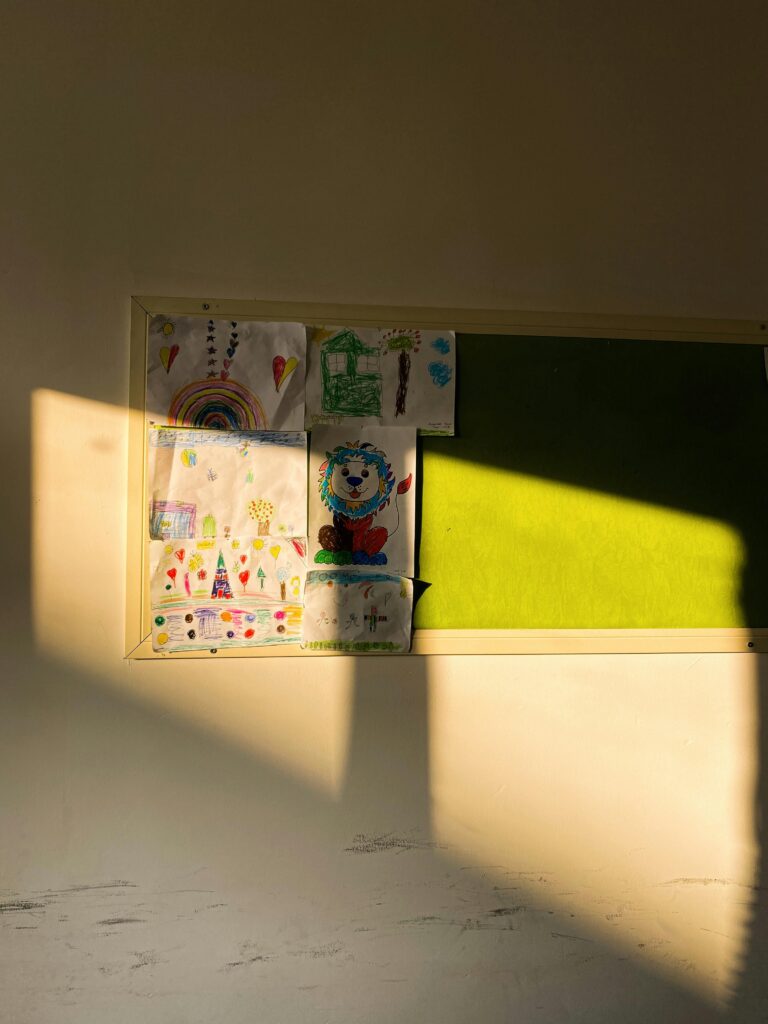
Ready to Improve Sun Safety at Your School?
Whether it’s upgrading your shading, reviewing your policy, or creating better outdoor learning spaces, we’re here to help. Contact our team today to discuss how we can support your school’s sun safety strategy.
Get In Touch:
Email us on hello@rochesystems.com or call us – 03330347969


